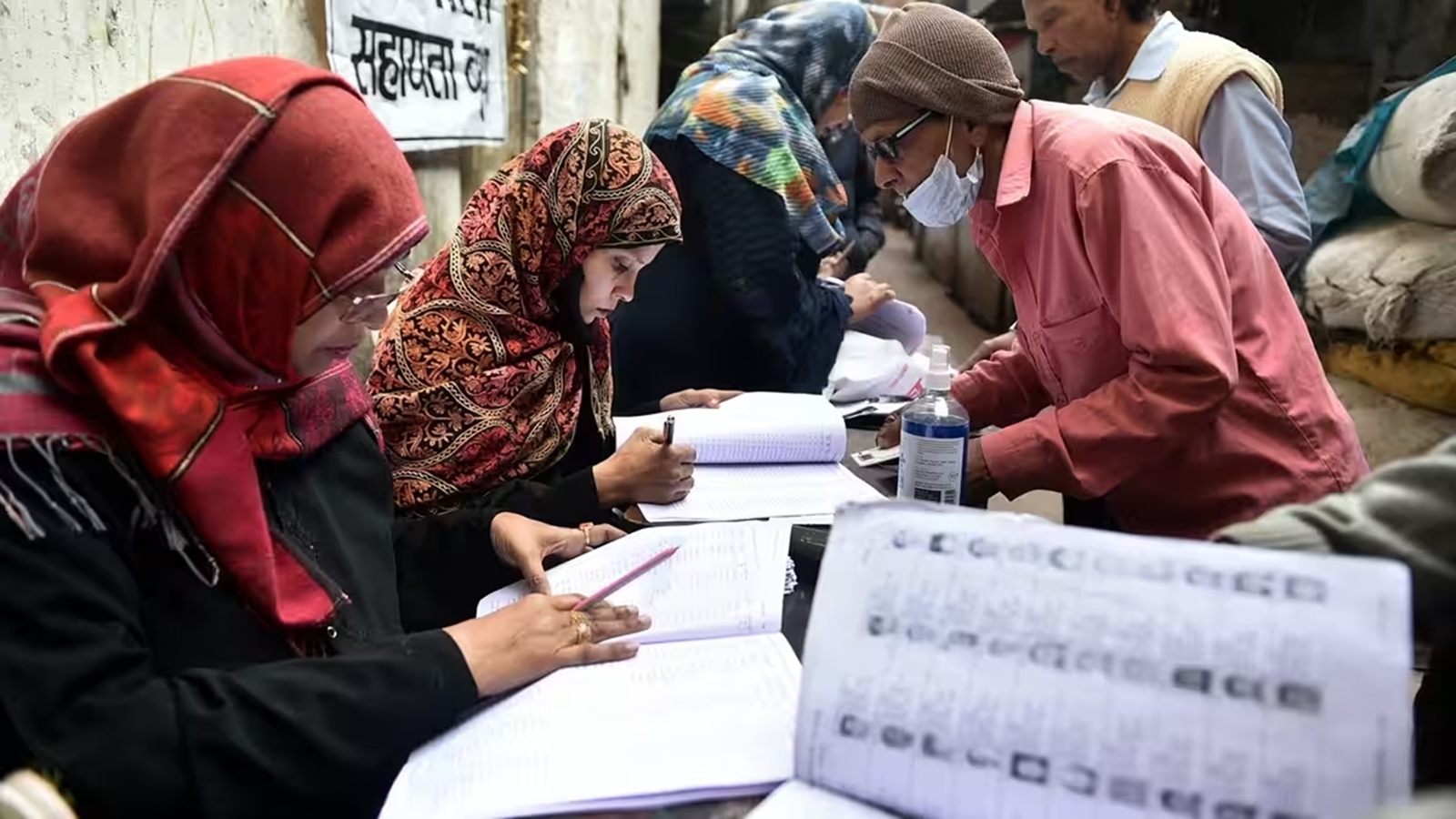With the Union Cabinet accepting the report prepared by the High-Level Committee advocating for simultaneous elections to the Lok Sabha and state assemblies, the argument over “One Nation One Election” (ONOE) has taken centre stage again. Some have taken the view that simultaneous elections would benefit the citizenry at large, others argue that it would serve as an assault on the basic structure of the Indian Constitution.
Before we delve into these arguments, it might be beneficial to appreciate that India was never a stranger to holding simultaneous elections. In fact, our democratic journey began with this very idea. The first general election saw us voting simultaneously for both the Lok Sabha and state assemblies. This practice continued in 1957 with the second general elections wherein several assemblies (Bihar, Bombay, Madras,
Mysore, Punjab, Uttar Pradesh, West Bengal) were dissolved to align with national polls, ensuring synchronicity.
It was unfortunate that this harmonious electoral cycle was short-lived. The first blow came in July 1959, when then Prime Minister Jawaharlal Nehru dismissed the Kerala government led by E M S Namboodiripad. The second blow was struck by former Prime Minister Indira Gandhi as she prematurely dissolved the fourth Lok Sabha and called for general elections 15 months ahead of schedule. Thereafter, the situation further deteriorated as central governments led by Congress unceremoniously utilised Article 356 of the Constitution to topple state assemblies it did not find favour with. On a side note, it was unfortunate that such a course was adopted on at least 50 occasions and all of this struck a blow to simultaneous elections.
The disadvantages of this fragmented approach were apparent to all. For instance, in 1962, the Election Commission of India in its Report on the General Elections emphasised that “it is obviously desirable that the duplication of effort and expense should, if possible, be avoided”. This sentiment was echoed by the Commission in its 1983 Annual Report where it stressed the need to conduct simultaneous elections for parliamentary and assembly constituencies. The Law Commission in its 170th Report went a step further as it not only advocated simultaneous elections but also pinned the blame on the misuse of Article 356.
Given this background, the question arises: What are the benefits of holding simultaneous elections to the Lok Sabha and state assemblies? First and foremost, voters will only need to visit polling stations once to elect both their national and state representatives.
Second, the logistical burden on authorities would be greatly reduced: Election authorities can deploy polling personnel, build polling stations, divert security forces and make other arrangements only once. Moreover, even the preparation of an electoral roll, which in itself is a Herculean exercise, would only need to be done once. To translate this into numbers, it was estimated in 2015 that the cost of holding elections to the Lok Sabha and state assemblies was pegged at almost Rs 4,500 crore and in the 14th Lok Sabha, over 1,349 mobile companies of the Central Armed Police Forces were deployed.
Third, at a time when the Opposition’s favourite political argument is that elections in India don’t have a level playing field, simultaneous elections would benefit these political parties by ensuring that their campaign expenses remain limited.
Fourth, ONOE would alleviate the policy paralysis that occurs due to frequent impositions of the Model Code of Conduct (MCC). Each time the MCC is imposed, governance comes to a standstill as new schemes or projects cannot be announced or implemented. Simultaneous polls would significantly reduce these periods of administrative limbo.
It appears that for years even those who were amenable to the idea of ONOE dismissed it as a noble but unfeasible reform. However, the report of the High-Level Committee, which comprised a former President of India, former Leader of Opposition, distinguished bureaucrats and constitutional experts, has provided a concrete roadmap for implementation. The success of this report not only lies in the manner in which it was prepared but also in the fact that it provided an answer to the various exigencies that could arise. For instance, it outlines the course of action to be adopted in case of a hung assembly.
Predictably, as soon as the High-Level Committee’s report was published and the Cabinet accepted it, a set of compulsive contrarians emerged to criticise it as an assault on democracy. In their haste to oppose, they conveniently overlooked the fact that India was not alien to simultaneous elections and that numerous government panels, even during Congress rule, had recommended such an approach. Detractors of ONOE also argued that the course adopted by the Cabinet was contrary to a number of judgments of the Supreme Court wherein it was held that “free and fair elections” are the hallmark of the basic structure of the Constitution. On the contrary, with ONOE strengthening our democracy, the basic structure of the Constitution is far from threatened — it is fortified.
As we stand at a crossroads — the ONOE proposal will be brought before Parliament — two options lie ahead of us. We can either resign ourselves to the disadvantages of separate elections or we can take a step forward by shedding our partisan views and acting in national interest.
The writer is an advocate at the Bombay High Court



